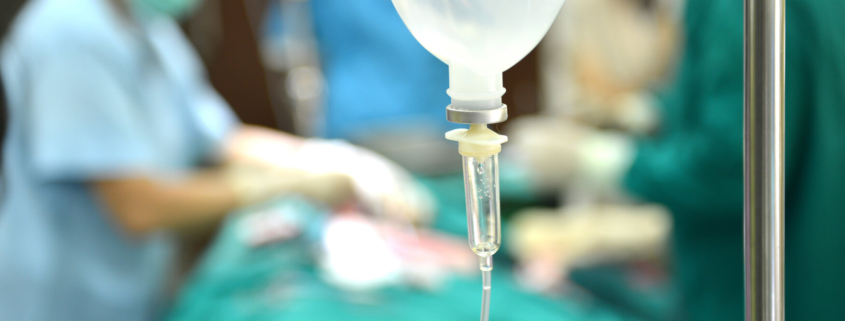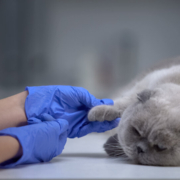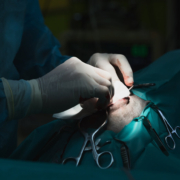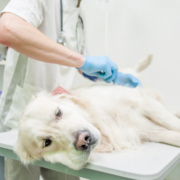BioSIS as a Biological Scaffold
BioSIS is revolutionizing the way veterinarians are able to care for seriously wounded patients. Due to its framework and ability to attract cells, BioSIS may shorten healing time and ensure organized tissue regrowth in the damaged area. Good blood flow is key to using the BioSIS method successfully. Read on to discover how to get the best results when using this method of wound care in your patients.
Use the Horizontal Mattress Technique
Proper blood flow is essential to successfully using BioSIS as a biological scaffold. Using the horizontal mattress technique to fixate the graft encourages blood flow to the wound site, by connecting to many points of blood supply. This also enables you to slide the edges of the implant under the undermined tissue edges and allows for further connectivity to the patient’s healthy blood supply.
Throughout BioSIS insertion, you can also use “tacking” to apply independent sutures and ensure it’s secure and flush against the wound.
Perforate the BioSIS Scaffold if Necessary
To avoid inflammation, fenestration may be necessary. This usually only applies to larger wounds to keep cells and other fluids from accumulating between the BioSIS scaffold and healing flesh. It is also helpful in preventing a hematoma from forming.
One major threat to the success of this procedure is dried blood. This generates inflammation, which is crucial to limit throughout the healing process. Stoppage of blood flow can prevent cells from evenly attaching to the scaffold and deter the healing process.
Keep the Matrix in Place
Once cells begin to lay their own collagen matrix, it’s important to be extremely careful when changing bandages. As the patient’s own cells take over the BioSIS graft, it will be resorbed at different rates—not all at once. When changing bandages, it’s imperative that as much of the extracellular matrix from the implant be left intact to continue healing. Using a non-adherent bandage to dress the wound will help you to change it more easily.
Within the first 6-10 days of post-operative recovery, the wound will turn caramel-colored as the damaged tissue is replaced and repaired. Instead of thoroughly cleaning the wound and scraping off this pigment, simply irrigate with saline and apply another non-adherent bandage. This way, all of the graft is resorbed and healing is even across the entire contusion.
Allow/Encourage Wound Site Mobility
When bandaging the patient, allow for as much mobility as possible while still covering the entirety of the wound site. Mobility encourages blood flow which, as we mentioned earlier, is essential to the success of this method of healing.
Based on extensive research, we’ve found that mobility increases the rate at which the healing occurs and makes for a better off healing process overall. This is because the cells attaching themselves to the scaffold receive their direction from the surrounding matrix’s blood flow. If blood flow is weak or immobile, the cells will have no direction to follow. Just remember, form follows function.
We’d love to answer any questions you may have about this technique. Contact us to learn more or tell us how you’ve been able to help your patients using BioSIS technology. You can also visit here for more blogs on topics like this.







